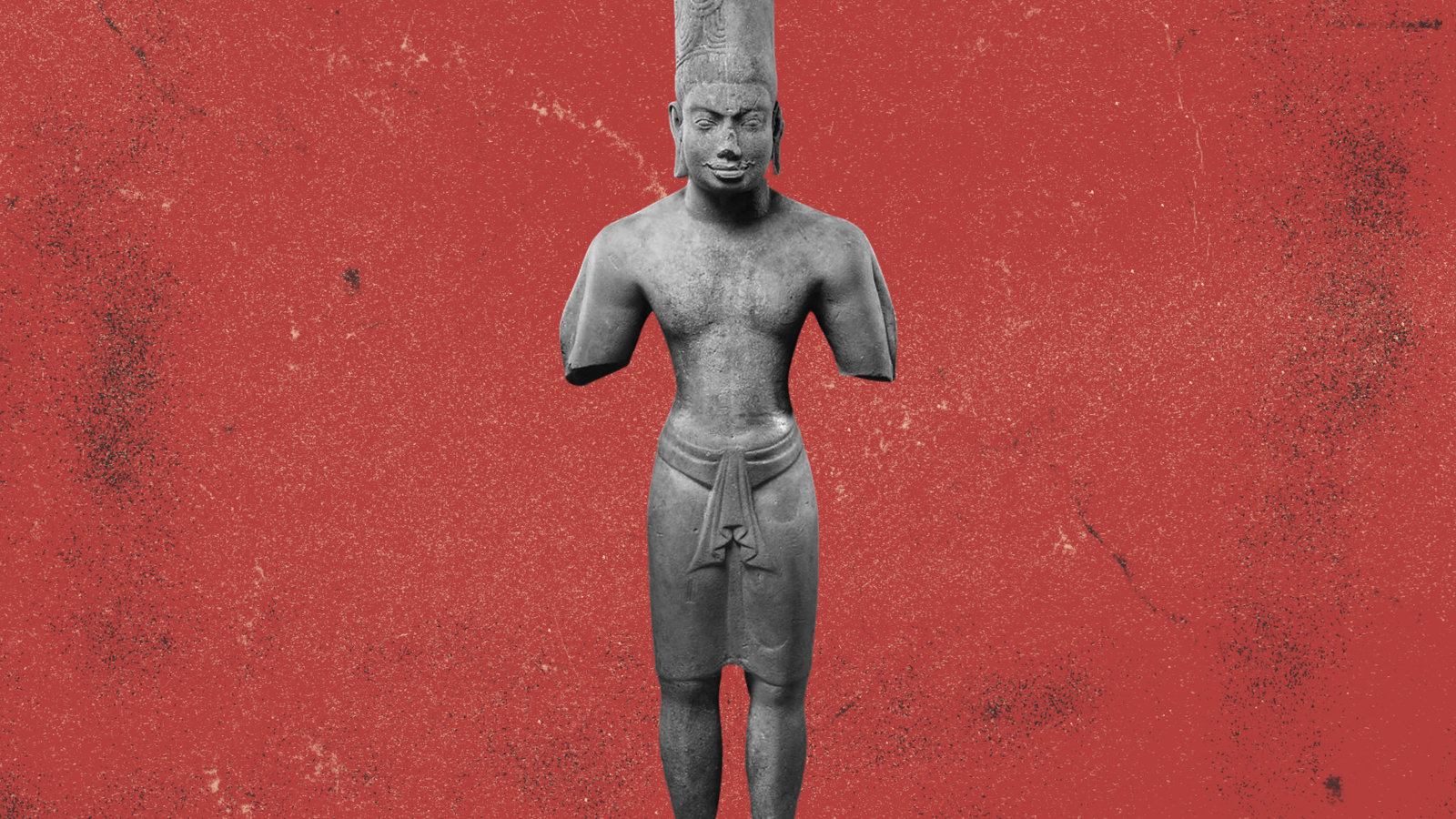
At Whale Hunting, we illuminate hidden worlds and expose closely-held secrets. Today, we’re pulling back the velvet curtain on one of the world’s most prestigious museums: the Met. Our latest investigation, based on explosive letters from the Rockefeller family archives, exposes how a looted Cambodian statue—trafficked during
At Whale Hunting, we illuminate hidden worlds and expose closely-held secrets. Today, we’re pulling back the velvet curtain on one of the world’s most prestigious museums: the Met.
Our latest investigation, based on explosive letters from the Rockefeller family archives, exposes how a looted Cambodian statue—trafficked during a genocide—entered the Met’s collection not through scholarship, but through subterfuge.
The 8th-century Harihara, stolen in 1974 and smuggled across borders, didn’t just arrive at the museum. It was laundered into it—via a failed $1.8 million deal, a stopover at John D. Rockefeller III’s apartment, and a carefully engineered "donation" backed by one of America's most powerful families. All roads lead back to Douglas Latchford, the indicted dealer at the heart of the global Cambodian looting network.
While Cambodia demands the return of 32 more stolen treasures, the Met still displays the Harihara—quietly betting the scandal will fade. We’re here to ensure it doesn’t.
This is not just a story about statues. It’s about how empire operates through culture, and how institutions maintain power by laundering not just artifacts—but accountability.
Let’s begin with the letter that changed everything.
-- Tom
New explosive letters from the Rockefeller family archives, obtained by Project Brazen, detail how a prized Cambodian antiquity – the Harihara statue – landed in the Metropolitan Museum of Art's collection after a failed $1.8 million sale attempt. These revelations, exposing a sophisticated strategy to "wash" a looted artifact through one of the world's most prestigious museums, are adding fresh pressure to demands for its return to Cambodia – pressure intensified by the fact the statue was trafficked during the country's genocide in the late 1970s.